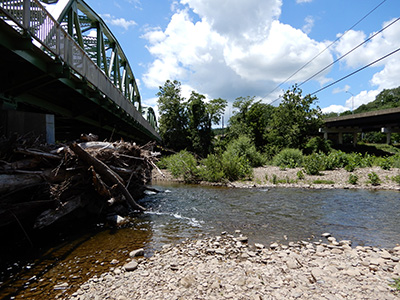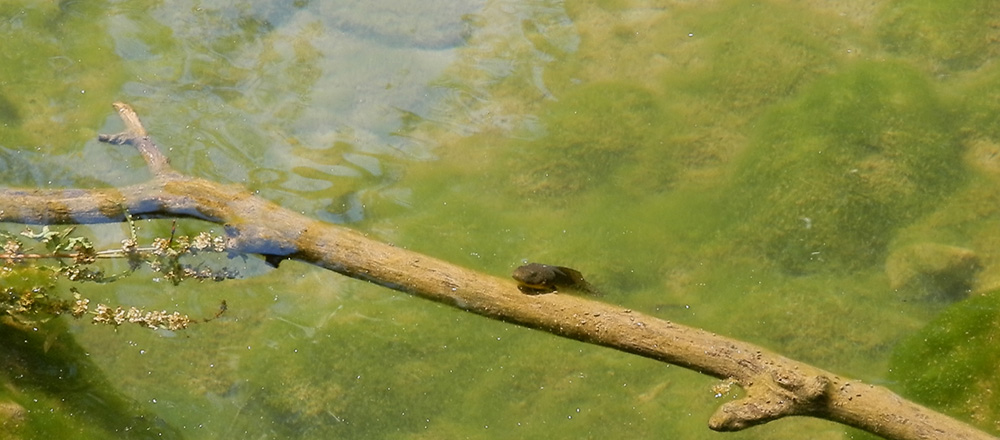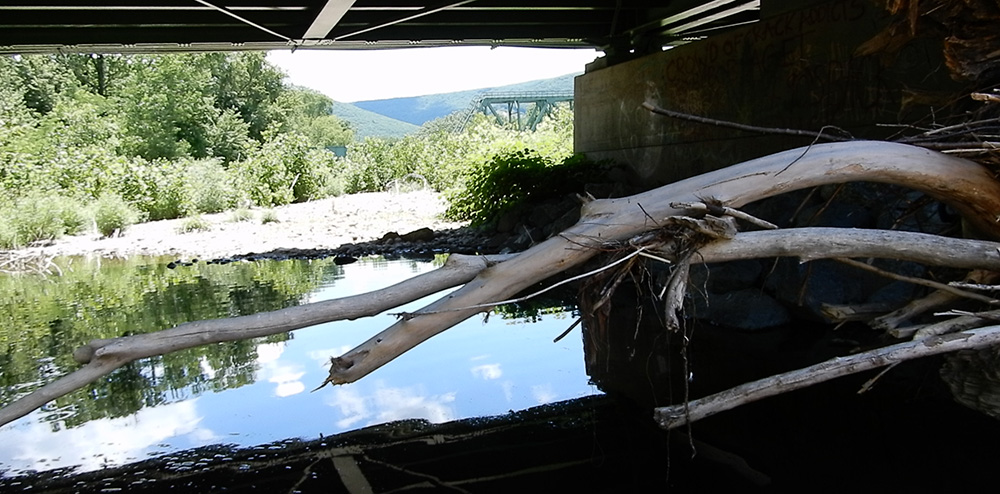 Summer is the season for stream work.
Summer is the season for stream work.
With 86,000 miles of streams and rivers in Pennsylvania, maintenance of these waterways can be a daunting task for streamside landowners and local officials who often don't know where to start.
To help landowners and municipalities struggling with stream issues, DEP has created an easy-to-use guide to check if permits may be required for stabilization and maintenance projects in or alongside Pennsylvania streams.
"Streams are living, breathing things, and very tough to control," said DEP Northcentral Regional Director Marcus Kohl. "DEP has put together a really helpful booklet that helps identify the do's and don'ts for folks that have interest and concerns about streams in their backyard or in their community."
The booklet,
Guidelines for Maintaining Streams in Your Community, is a resource for understanding DEP regulations that apply when working in Pennsylvania waterways. The guide uses a helpful "Red/Yellow/Green Light" list to provide a first step in determining what regulatory requirements may apply before a project is begun.
For example, removal of trash and woody debris is a "Green Light" activity that can be done without a permit if no heavy equipment enters the stream. The booklet also contains sections on myths vs. realities, good rules of thumb, and contact information for regional DEP offices.
The booklet, an accompanying poster, and more information are available to view, download, and print at
dep.pa.gov/StreamGuidelines.

"I strongly encourage everyone concerned with stream issues to review this guide and to contact their regional DEP office to discuss their specific situation and how we can help," said DEP Secretary Patrick McDonnell. "The booklet and accompanying poster have already been used by thousands of people, in many cases helping communities take quick action to begin recovery efforts after a flood while remaining in full compliance with the law."
DEP's goal is to help those affected by flooding to efficiently and effectively restore streams, protect property and infrastructure, and prevent future flood impacts. In many cases, permits are not required or can be quickly granted on an emergency basis to begin necessary stream work.
"Oftentimes, after storm events, the community gives us a call and has questions or concerns about flooding, debris that might be in the stream, gravel bars that have accumulated," said Steve Putt, Waterways and Wetlands Program Manager in DEP's Northcentral Regional Office. "Some of those things can be taken care of with minor permitting, and some of those things can be taken care of with no permitting. We also have the ability to issue an emergency permit if there is immediate threat to life, property, and the environment after a storm event."

Stream work that is not properly designed and permitted can inadvertently cause conditions to worsen in the next flood event, and impact downstream neighbors. The booklet can help you do stream work in an environmentally sensitive manner that also reduces the likelihood of future problems.
"Oftentimes, what you think is an easy fix may actually cause more damage in the long run," said Kohl. "You may be creating a legacy problem that will last 15-20 years and be almost impossible to solve. Call us first; we're here to help. We want to be there, making sure decisions are made that help you and don't harm your upstream or downstream neighbor."
"When in doubt, the first step should always be to contact your regional DEP office or your County Conservation District," said McDonnell.
Visit DEP's website to
find your Regional DEP Office.